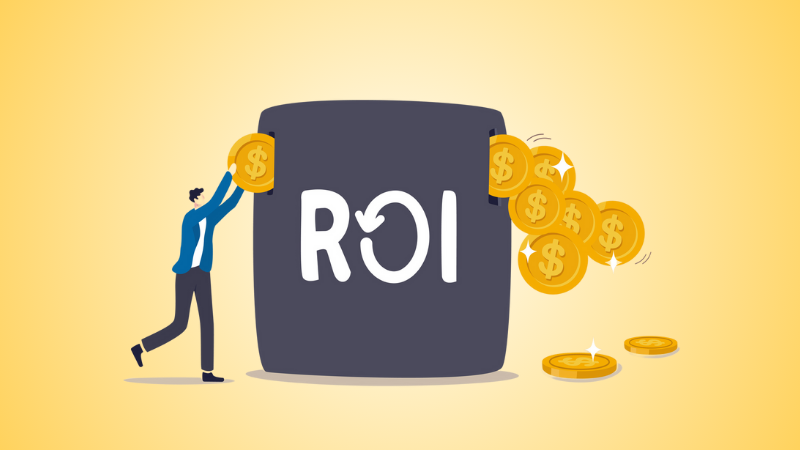Show The Value Of What You Do

Nowadays, you must show value in yourself, your projects, and your team. Which for me is something new. I'm used to the days when you did a project because it was something you thought would benefit people or the organization. But you did not have evidence supporting your thoughts. Now you are expected to show value in everything you do.
Show Your Value of What You Do, written by Patricia and Jack Phillips, describes an easy six-step process to measure, show values, and improve projects, teams, or organizations with a simplified version of the Return of Investment (ROI) Method.
To support you with showing value, they walk you through their six-step processes (see figure below) with extensive examples from a wide range of organizations. They also provided tools and opportunities to apply the knowledge learned throughout each step of the process.

The biggest takeaway I found was the discussion about the five levels of measured success. The authors explain that it is essential to demonstrate the value of your work by measuring success. Therefore, identifying the suitable measures of success and the proper viewpoint or type of data is crucial. The five categories are:
- Reaction and Planned Action: Understanding the team’s or organization’s view (or reaction) will show how useful and appropriate the people feel the project is. This can quickly be done through a short survey. The survey will guide the actions that need to be taken from that point regarding the project.
- Learning: Teams can only be successful if they have the proper information and training to perform the tasks to complete the project. Evaluating this can be simple enough by identifying what people need to successfully complete the task and determining or asking if any training is necessary.
- Application and Implementation: The next level is having measures in place to indicate progress, including completing tasks or training and applying new skills, to name a few.
- Impact: This level is vital to the stakeholders (sponsors and people funding the project). The impact can be measured by looking at the revenue, the number of new customers, productivity, quality, and so on.
- Return on Investment: When it comes down to it, the most important thing a manager, CEO, or stakeholder looks at is knowing how the monetary value of the project compares to how much was spent to complete it.
Identifying these levels in your project will help you and others understand the true value and how to make it successful.
So, the ultimate question to ask when evaluating the value of a project is, “Is it worth it?” This book supports you on how to show that “It Is!” That is why this book should be read by individual contributors, to help them prove their value, and leaders, who need to show that their team or project has true value for the organization.


